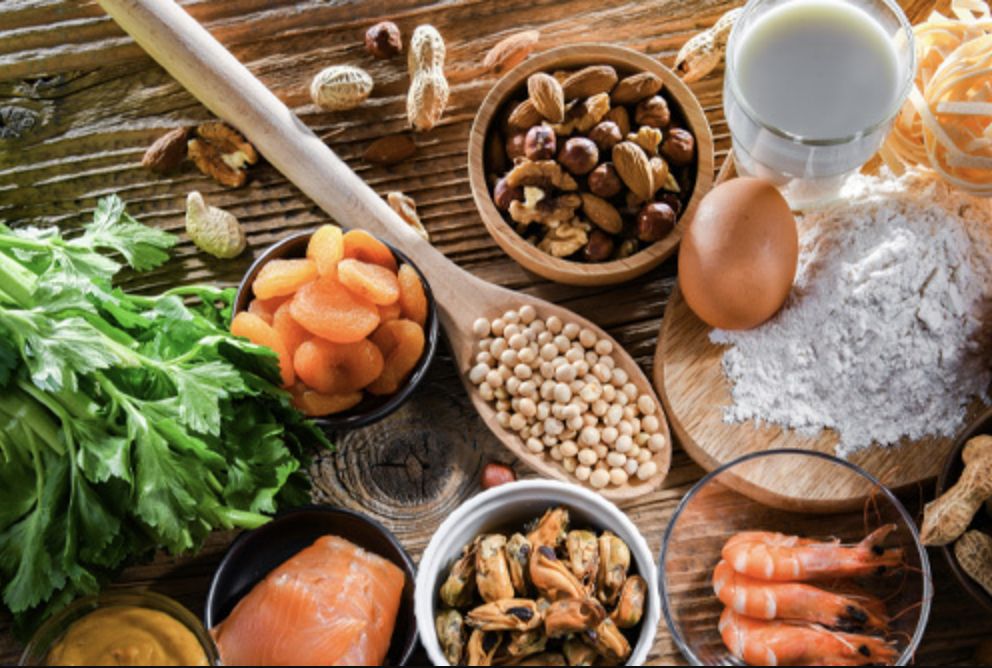
How can we help you?
Food and beverage analysis refers to the screening of edible goods to ensure they meet desired provenance, authenticity, or safety requirements. This analysis may be used to identify or verify a variety of factors, such as ingredient origin or the presence of unwanted chemicals. For example, isotopic analysis (e.g. δ13C, δ17O, or δ18O) can be used to discern a beverage’s water source or the origin of its sweetener (e.g. corn syrup versus sugar). Other testing can quantify potentially toxic levels of substances, such as hydrogen peroxide (H2O2), which is sometimes used as a food-bleaching agent. Monitoring typically takes place via in-lab spectroscopic testing.
Analyzers
| Product | Model | Measurements |
|---|---|---|
G2131-i Isotope and Gas Concentration AnalyzerThe Picarro G2131-i isotope and gas concentration analyer precisely, simultaneously, and continuously measures δ13C in carbon dioxide (CO2) and CO2 and CH4 gas concentration for a range of applications from atmospheric and ocean science research to food and beverage origin and authenticity. |
G2131-i | |
G2201-i Isotopic AnalyzerThe Picarro G2201-i isotope analyzer precisely and continuously measures δ13C in carbon dioxide (CO2) and in methane (CH4) to help understand the biological and geological mechanisms that produce and consume CO2. |
G2201-i | |
L2130-i Isotope and Gas Concentration AnalyzerHigh-precision triple oxygen isotope research in water is finally simple and affordable. |
L2130-i |
Peripherals
| Product | Model | Measurements |
|---|---|---|
Combustion ModuleThe Combustion Module (A0201), designed for Picarro by Costech (a leader in combustion systems), combusts solid samples as small as 250mg C to release CO2 gas. The Combustion Module is connected to a Picarro isotopic analyzer via the Picarro Caddy (A2100) or the Picarro Liaison™ Universal Interface (A0301) for high-precision carbon isotope (13C) measurements from carbon dioxide. |
A0201 |
